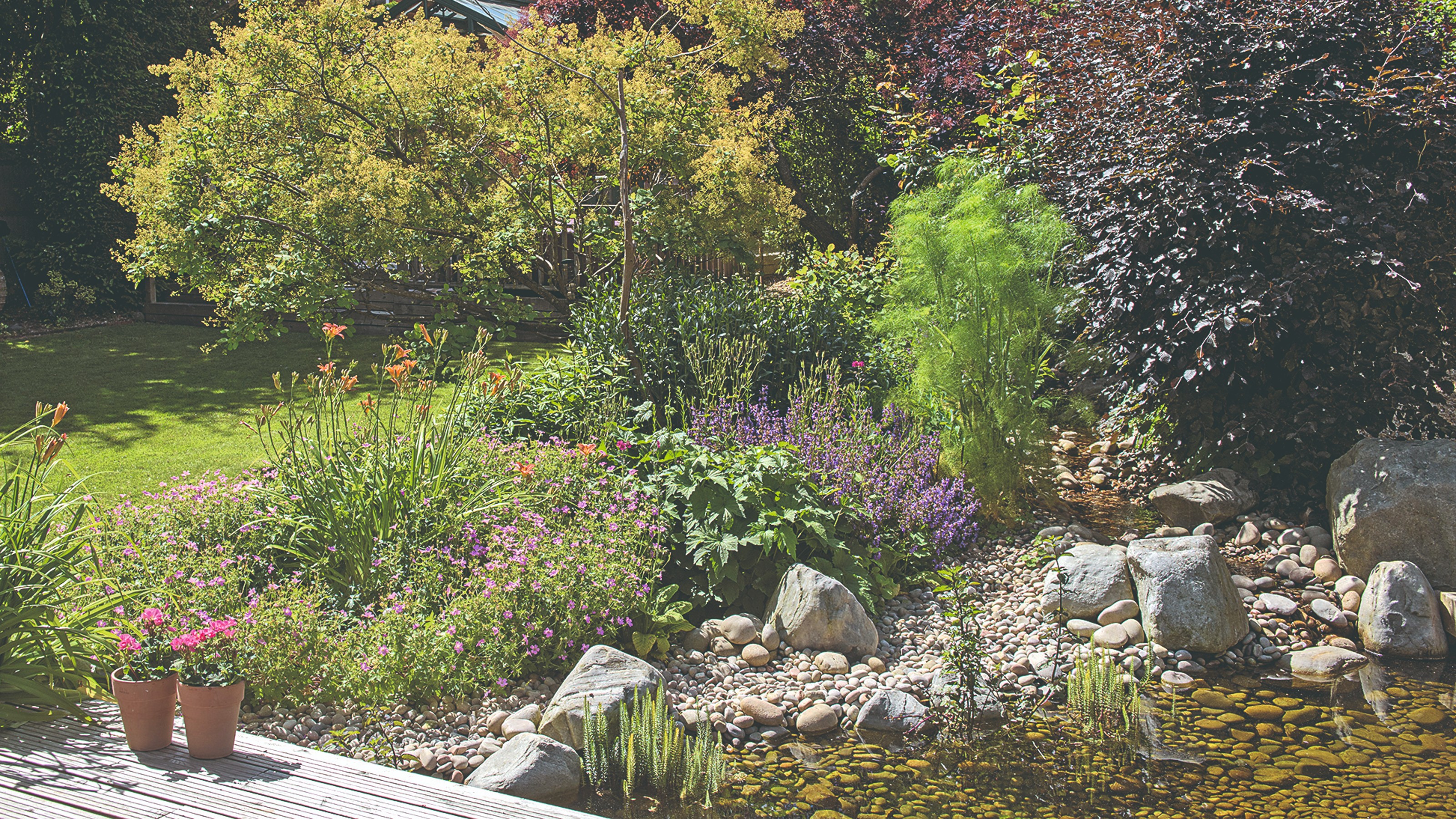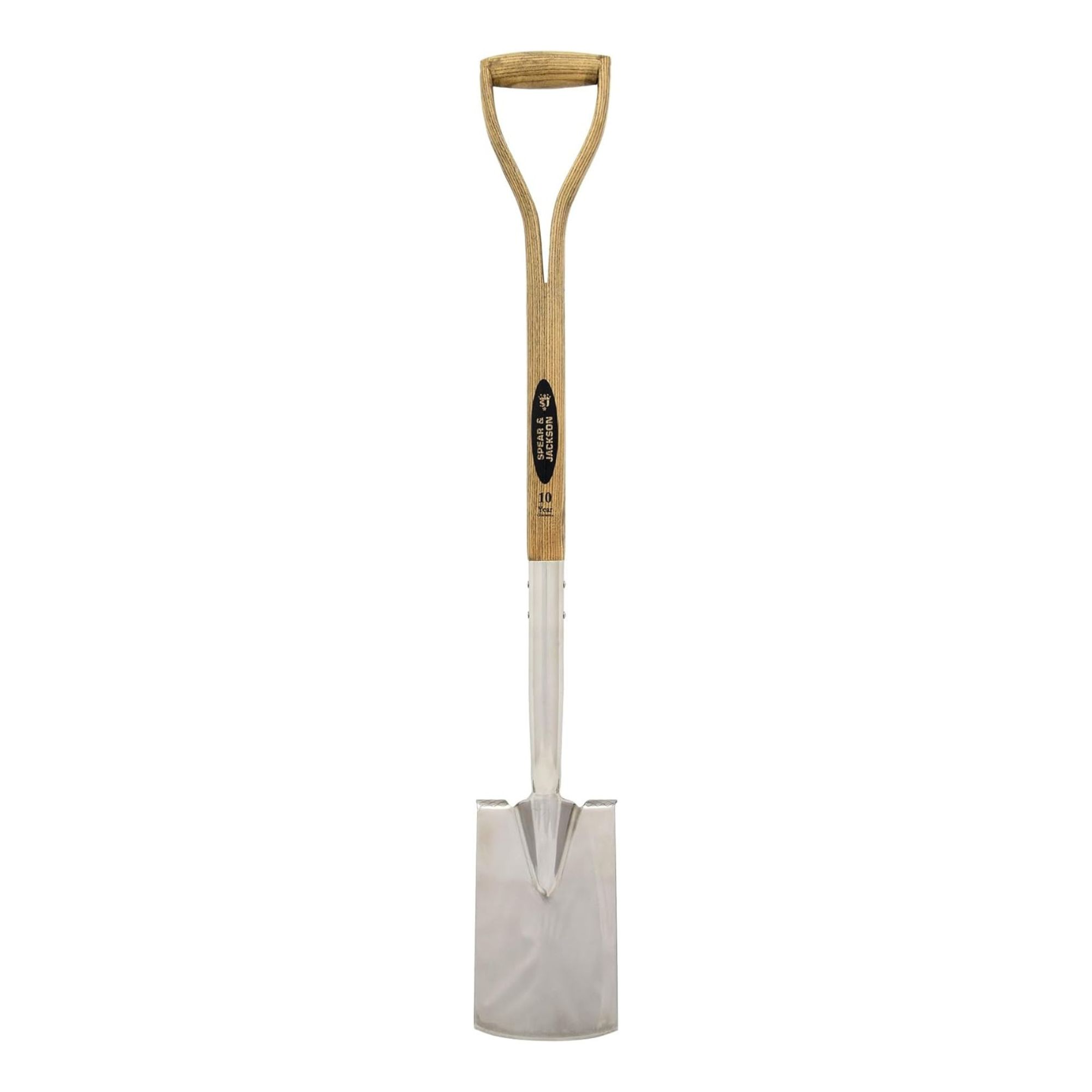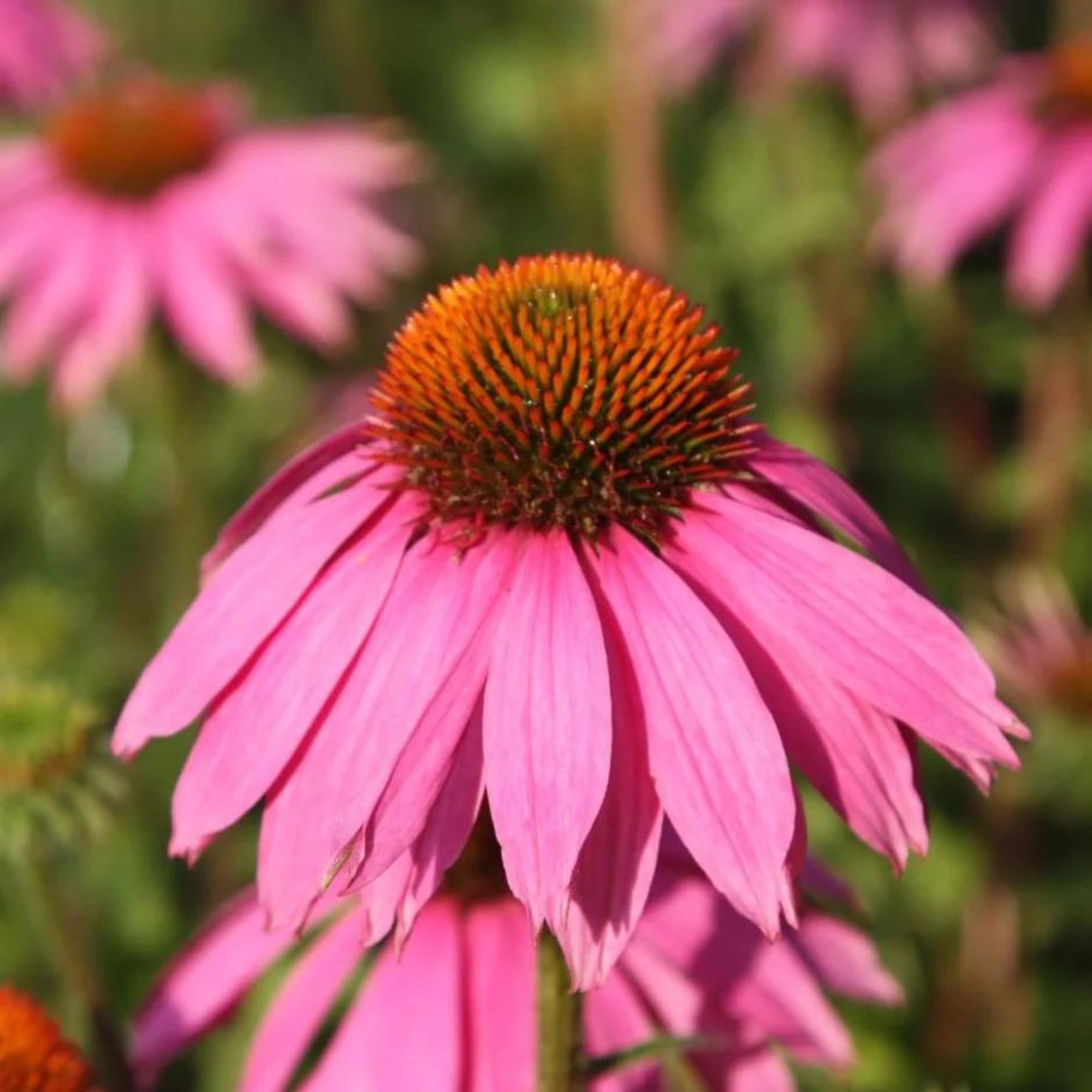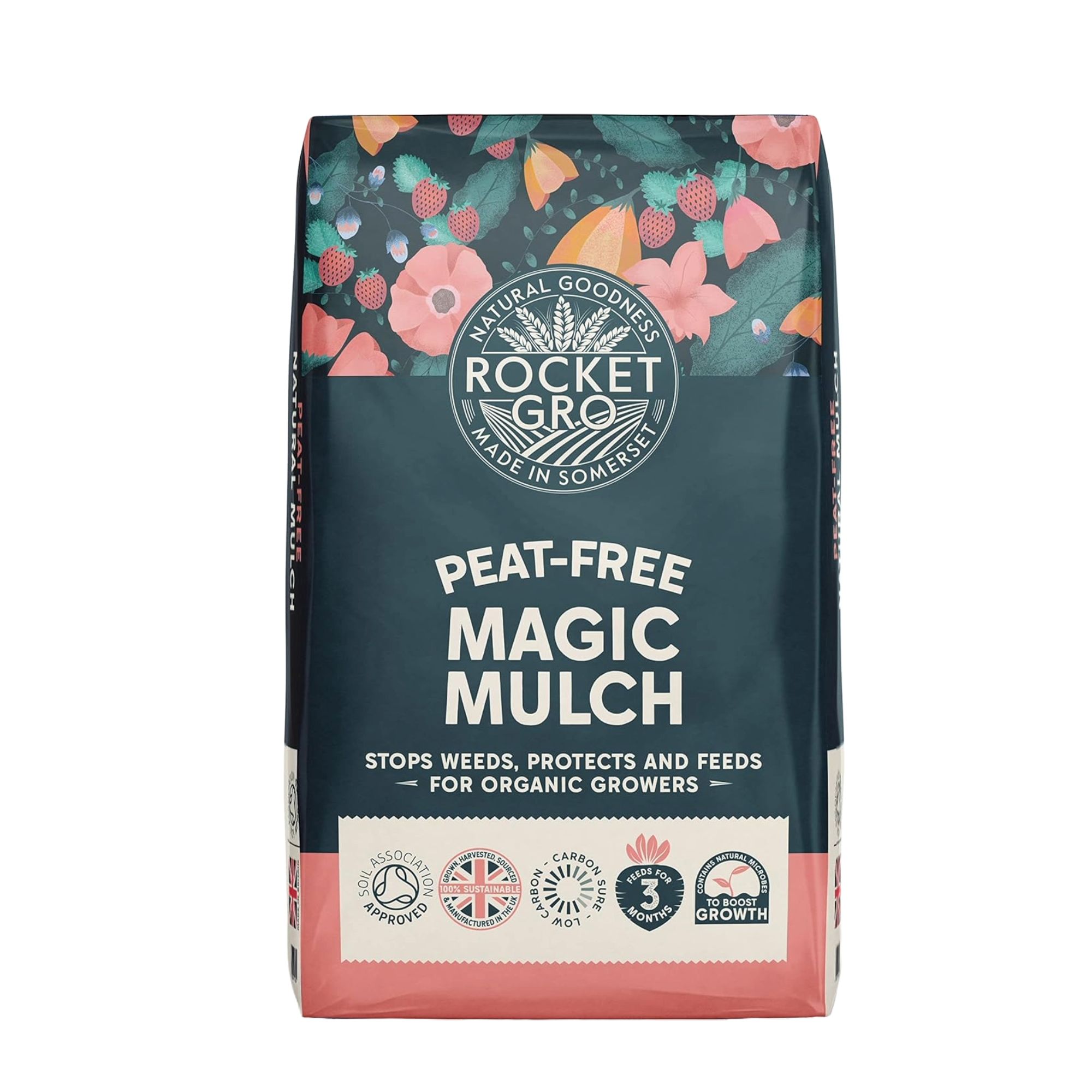The best place for a rain garden - 5 things you need to consider if you never want to water your garden again
A rain garden can prove invaluable as long as it’s in the correct location


While they’re a relatively new concept, rain gardens are becoming increasingly popular. After all, we don’t often get to use the UK’s wet and drizzly weather to our advantage. But if you’re thinking of adding one to your outside space, you need to know the best place for a rain garden.
Like rainscaping and keyhole gardening, this novel idea is built upon a hands-off approach. With a rain garden in your back pocket (well, in your back garden), you should - in theory - never have to water your plants or crops again. Instead, your rain garden should do it for you.
But harvesting rain in a rain garden isn’t as simple as digging a hole, planting some plants, and hoping for the best. You have to put a huge amount of thought into building this innovative garden idea, and you also need to choose the ideal location for a rain garden. So, where exactly is that?
1. On a gentle slope
In essence, a rain garden is a shallow depression in the garden designed to capture and use rainwater runoff from hard surfaces such as roofs, driveways, patios, and more. It is filled with plants that can withstand waterlogging and then surrounded by drought-tolerant plants.
The idea is that the rainwater fills the dip and then drains through the soil to water the rest of the garden, flood-proofing your garden in the process. However, this only works if a rain garden is planted on a gentle slope to allow for this drainage.
Tom Clifford, garden landscaping expert from Gardenstone, says, ‘It is best to position your rain garden on a downhill slope from your water source, to ensure that it collects the water.’
In an ideal world, the slope should be no more than 10%. And it’s normally easy to spot where this is in your garden, as it normally suffers the most from drainage issues.
Sign up to our newsletter for style inspiration, real homes, project and garden advice and shopping know-how
Tom adds, ‘It makes sense to position your rain garden in an area that naturally collects water so if you notice a certain part of your garden gets particularly waterlogged when it rains, this is the ideal spot.’
2. Five metres away from your house
If you struggle with damp in your house or you want to prevent damp from occurring, the best place for a rain garden is at least five metres away from your house.
Tom says, ‘Make sure that your rain garden is positioned more than five metres away from your property. Placing your rain garden any closer could damage your property's foundations due to the abundance of water infiltrating through the ground in this area.’
Ideally, the further away, the better, but it’s important to note that your rain garden still needs to be near gutters, roofs, or other structures you’re using to add a rain garden to your outside space successfully.
So, it may be that you need to add extra guttering, pipes, or a more advanced drainage system to keep your house clear of any water.
3. Away from pipes
The last thing you want to do is start digging your rain garden and accidentally burst a mains pipe or cut through a wire. Because of this, you should aim to build your rain garden away from mains utilities and services.
‘When making a rain garden, you will need to dig a shallow ditch, it’s therefore important that you consider where you are digging and ensure that there's no underground gas and electricity in this area,’ echoes Tom.
If you’re unsure where the pipes are located in your garden, it’s best to consult the deeds of your property or ask your local council. In extreme circumstances, you may have to hire a professional to conduct an underground CCTV survey.
4. In well-draining soil
A rain garden will only effectively water the rest of your garden if you have well-draining soil. Because of this, it may not be possible to build a rain garden if you have particularly clay-heavy soil.
Thankfully, it’s extremely easy to test your soil before installing your rain garden. Oliver Johnson from HomeAdviceGuide.com says, ‘This can be done by digging a hole in your chosen site of about 10-12 inches and filling it with water.'
'Allow it to drain and once it’s empty, refill it and then record how long it takes for the water to drain away. Ideally, a good rain garden should drain at 1 ¼ cm per hour but up to 5 cm per hour is suitable.’
If it takes any longer than that, you could incorporate gravel to help the drainage process, move your plans to a different area of the garden, or utilise other rain harvesting methods.
5. In a sunny location
A rain garden is so much more than a depression in the ground. It also uses plants to aid drainage, create an ecosystem, and add visual appeal to your outside space.
And while there are many perennials to avoid in the garden, there are also many perennials that can withstand the waterlogged nature of the rain garden. However, this is only if they also have sunlight to aid photosynthesis and growth.
If you build a rain garden in a shaded area of your property, the plants will struggle to grow, and the ecosystem will fail as a result. So, aim to place your rain garden in full sunlight. Failing that, it can still thrive in partial shade.
What you need to build a rain garden
FAQs
What is the best shape for a rain garden?
The beauty of a rain garden is that you can choose a shape that works for you and your garden. However, most people choose to choose a kidney shape for their rain garden.
If that’s not the look you’re after, you could also opt for a teardrop shape, an oval, or even a perfect rectangle. Just make sure that you mark out the shape before you start digging.
Oliver Johnson from HomeAdviceGuide.com echoes this, saying, ‘When you’ve decided on a shape, mark out the area with a garden hose, rope, some stones or spray paint.’
What is the best plant for a rain garden?
When choosing plants for a rain garden, it’s important to understand that you need two types of plants. Firstly, you need flood-proof plants that can withstand high moisture and wet conditions to plant within the rain garden. These include:
- Ferns.
- Coneflower.
- Calla lilies.
- Meadowsweet.
- Penstemon.
- Carex grass.
- Geums.
Secondly, you need drought-resistant plants around the edge of the rain garden. Some of the best plants for this area include:
- Lavender.
- Cosmos.
- Succulents.
- Rosemary.
- Catmint.
Now you know the best place for a rain garden, it’s time to get planning!

Lauren Bradbury has been the Content Editor for the House Manual section since January 2025 but worked with the team as a freelancer for a year and a half before that. She graduated with a Bachelor’s degree in English and Creative Writing from the University of Chichester in 2016. Then, she dipped her toe into the world of content writing, primarily focusing on home content. After years of agency work, she decided to take the plunge and become a full-time freelancer for online publications, including Real Homes and Ideal Home, before taking on this permanent role. Now, she spends her days searching for the best decluttering and cleaning hacks and creating handy how-to guides for homeowners and renters alike, as well as testing vacuums as part of her role as the Ideal Home Certified Expert in Training on Vacuums, having spent over 110 hours testing different vacuum models to date!


